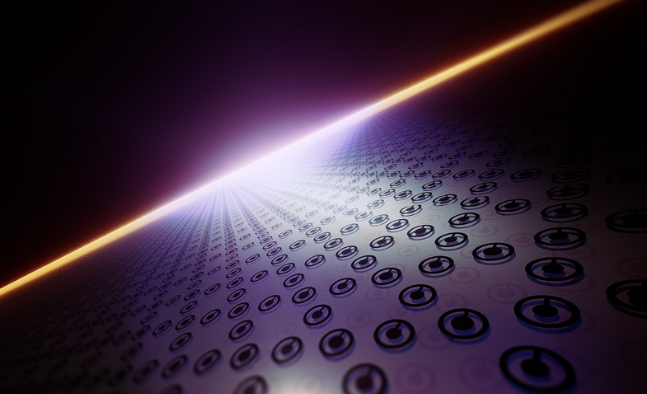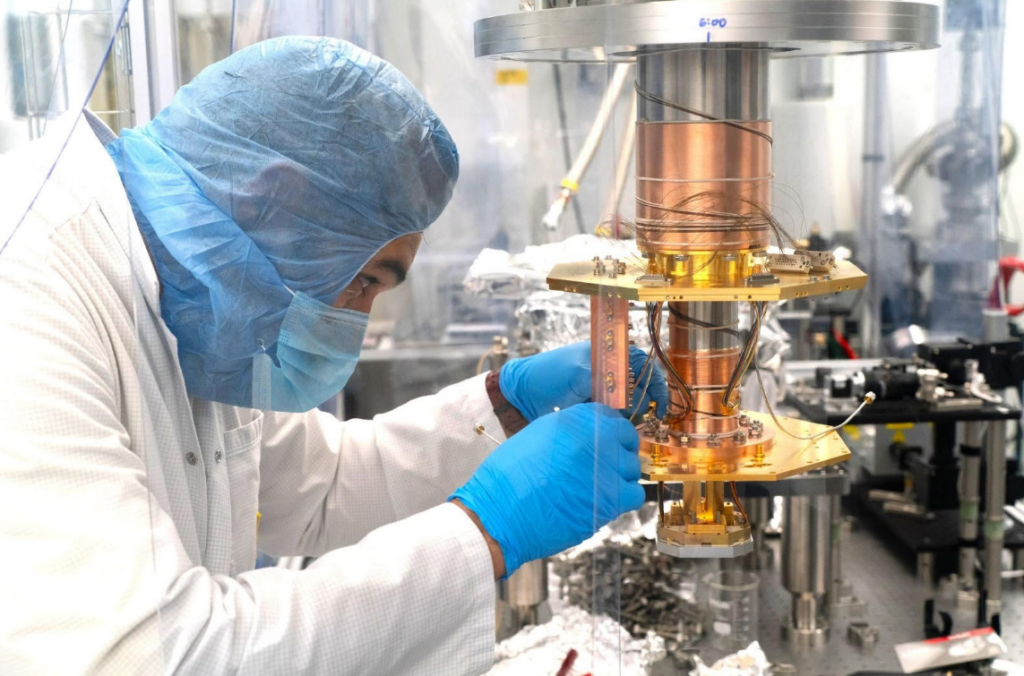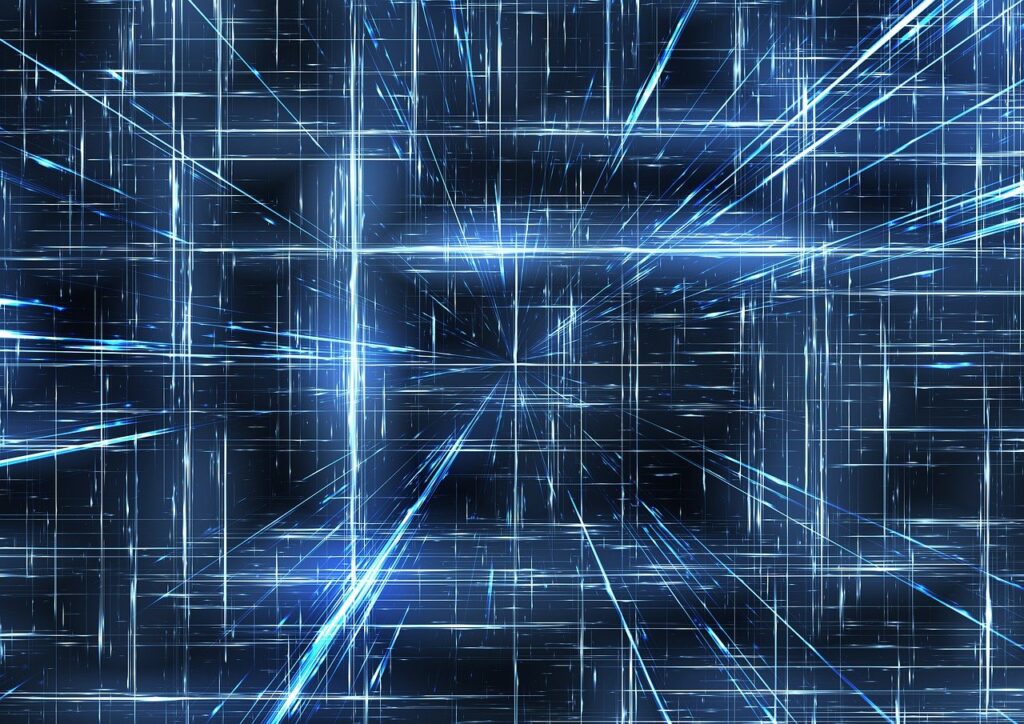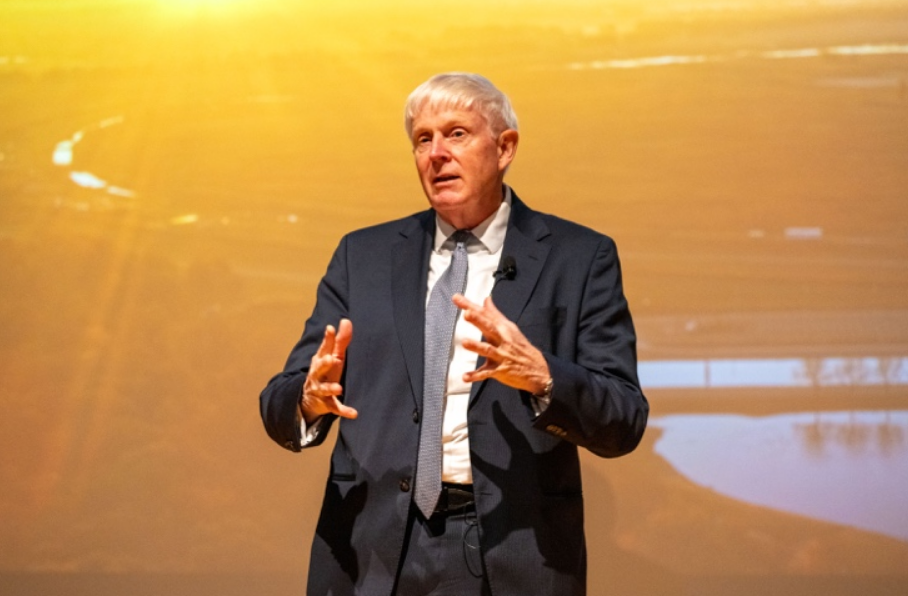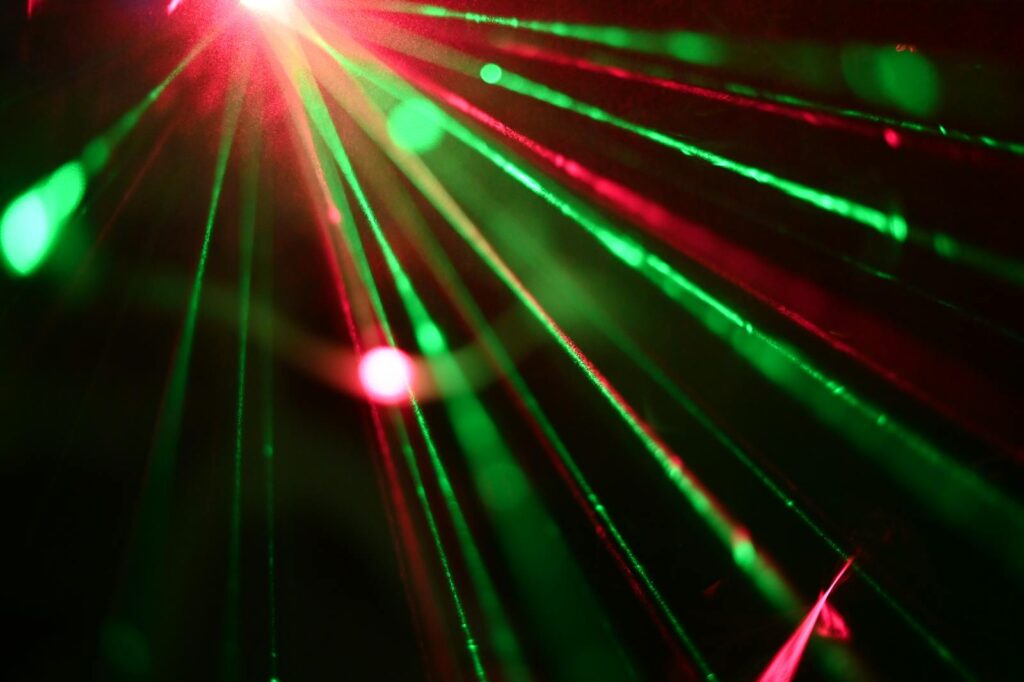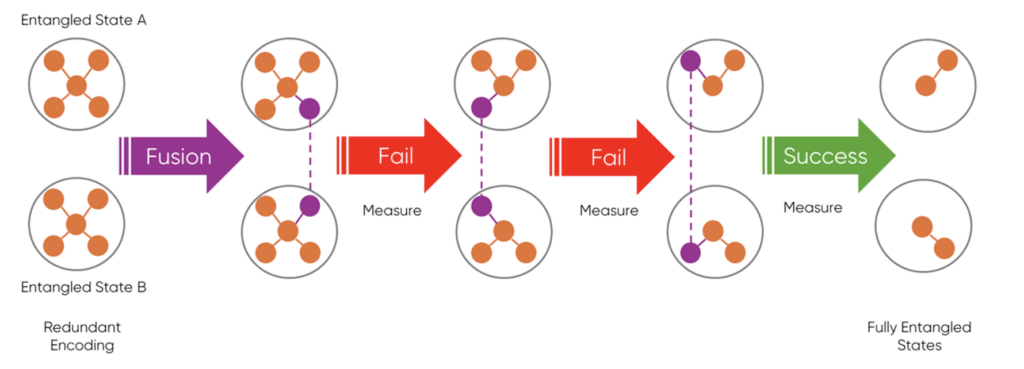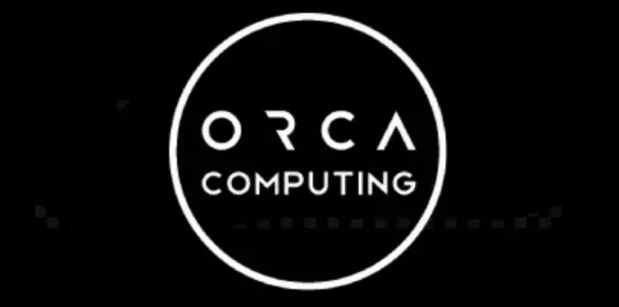Insider Brief
- Researchers demonstrated quantum error correction for higher-dimensional quantum systems that outperformed uncorrected versions, surpassing the break-even point.
- The team used GKP bosonic codes to encode qutrits and ququarts in superconducting cavities and optimized the protocol using reinforcement learning.
- The corrected logical states achieved lifetimes 82% (qutrit) and 87% (ququart) longer than the best physical implementations, validating the use of multi-level systems for hardware-efficient quantum memory.
In what they’re terming a first for the field, researchers at Yale University have demonstrated quantum error correction for higher-dimensional quantum systems that not only works — but outperforms the best uncorrected alternatives.
The study, published in Nature, reports the successful encoding and protection of quantum information in qutrits and ququarts — quantum units with three and four states, respectively — using a type of error correction known as the Gottesman-Kitaev-Preskill (GKP) bosonic code. Both implementations beat the so-called break-even point, a longstanding benchmark in the field of quantum error correction.
This finding expands the toolbox for building more efficient quantum computers and suggests that future quantum processors may benefit from moving beyond conventional qubits. By proving that multi-level systems can be corrected with fidelity exceeding that of their bare physical implementations, the experiment opens new paths for hardware-lean quantum architectures, fault-tolerant computation, and compact error-protected memories.

The researchers write: “These results rely upon many technical advances, such as our generalization of previous experimental methods and our invention of protocols for measuring qudits in generalized Pauli bases. Our work builds on the promise of hardware efficiency offered by bosonic codes and represents a novel way of leveraging the large Hilbert space of an oscillator. In exchange for a modest reduction in lifetime, we gained access to more logical quantum states in a single physical system. This could enable more efficient compilation of gates and algorithms, alternative techniques for quantum communication and transduction, and advantageous strategies for concatenation into an external multi-qudit code.”
Protecting Fragile Quantum States
Quantum computers are notoriously fragile, the researchers point out. Stray signals, thermal noise and other sources of environmental disturbance can cause quantum bits — or qubits — to lose their information before useful calculations can be completed. To make large-scale machines viable, researchers must find ways to protect quantum states from this degradation, ideally for long enough to execute logical operations.
The concept of the break-even point refers to a threshold at which the effort of encoding and correcting a quantum state results in a net benefit: the corrected state retains its fidelity longer than any uncorrected version. Until recently, this milestone had only been crossed using error-corrected qubits. The new study is the first to do so for error-corrected qudits, which generalize qubits by allowing more than two levels per physical unit.
AI Helps Out
In the experiment, the team used a three-dimensional superconducting microwave cavity to host the quantum oscillator and a tantalum transmon qubit as an ancilla to assist in encoding, stabilizing and reading out the logical states. The logical qutrit and ququart were encoded in special grid-like wavefunctions using the GKP bosonic code, which arranges information in phase space with periodic displacements, making it possible to detect and correct small errors before they become fatal.
To optimize the quantum error correction protocol, the researchers used reinforcement learning, allowing an AI agent to autonomously search for the most effective parameters. The agent adjusted 45 variables in the experimental procedure to maximize the fidelity of the quantum memory across repeated cycles. This model-free optimization strategy permitted fine-tuning that would be impractical using brute-force calibration or analytical modeling alone.
After optimization, the system achieved a quantum error correction gain of 1.82 for the qutrit and 1.87 for the ququart. That means the encoded information lasted about 82% and 87% longer, respectively, than the best comparable uncorrected implementations, which were stored using standard photon number states in the same cavity. The gains are on par with or better than earlier demonstrations of error-corrected qubits using the same device.
QEC Benefits Not Confined to Binary Systems
These results confirm that the benefits of quantum error correction are not confined to binary systems. Using more levels per physical unit can, in principle, encode more information and reduce the number of physical components required for the computation.
When it comes to applications like quantum simulation, quantum chemistry and optimization, this is especially relevant because algorithmic complexity is often a barrier to scale.
Trade-offs And Limitations
Yet, the study also outlines clear trade-offs. As the number of encoded levels increases, the logical states must be placed further apart in phase space and require more energy to maintain, making them more vulnerable to certain kinds of noise. For instance, photon loss and dephasing — types of errors common in superconducting systems — grow with the energy of the state, creating a tension between error-correction capacity and physical durability.
According to the study, the researchers identified the main source of dephasing as the thermal population of the ancilla transmon qubit. In other words, some of the helper qubits (the ancilla qubits) are unintentionally “warm,” and that warmth makes them more likely to be in the wrong state even before the experiment begins.
In future systems, this might be mitigated through improved cooling or the use of actively decoupled ancillary hardware. Other potential improvements include better materials, faster gate speeds, or higher-Q cavities to reduce energy leakage.
Unlike traditional quantum error correction approaches that require many physical qubits to protect one logical qubit, bosonic codes like the GKP protocol offer the possibility of encoding quantum information more compactly. This could simplify hardware requirements and make it easier to scale up quantum processors, especially in platforms where increasing the number of components introduces substantial overhead.
Laying The Groundwork For Future Fault-Tolerant Architectures
The researchers also suggest that their demonstration lays the groundwork for multi-level fault-tolerant architectures, where operations like gate synthesis and magic state distillation — two crucial steps in quantum algorithms — could benefit from the richer structure of qudits. Additionally, GKP-encoded qudits are compatible with existing gate implementations used for qubits, potentially enabling seamless integration with current superconducting systems.
The results build on a growing body of work pushing beyond conventional error correction paradigms. The same Yale device was used in 2023 to demonstrate error correction beyond break-even for qubits. This new experiment extends those results into the multi-level domain and introduces generalized protocols for preparing and measuring GKP qudit states across various bases, an essential step for building logical operations.
Looking ahead, the researchers aim to extend their methods to entangled qudit states, which are required for full-scale computation and more advanced error correction codes. The team also plans to investigate internal concatenation, where a logical qubit is embedded within a logical qudit to create nested layers of protection using a single oscillator.
The research team included: Benjamin L. Brock, Shraddha Singh, Andy Z. Ding, Luigi Frunzio, Steven M. Girvin, all of Yale University; Alec Eickbusch and Volodymyr V. Sivak, both of Google Quantum AI and Michel H. Devoret, joint affiliation at UC Santa Barbara and Google Quantum AI.
The study was supported by the U.S. Department of Energy, the Army Research Office, and the Air Force Office of Scientific Research, reflecting growing government interest in foundational technologies that could underpin future quantum platforms.











